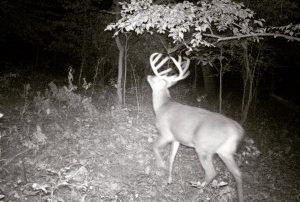Hunt Buck Scrapes at Dusk
Researchers at the University of Georgia’s “Deer Lab” conducted an extensive study on the scraping behavior of whitetail bucks. On major finding: 85 percent of all scraping (by bucks of all ages) occurs at night, and a 3½-year-old or older buck is rarely observed at a scrape. Take that at face value and you’d never hunt scrapes again. But not so fast; read between the lines for some useful data. When analyzing the time codes on their trail-cam images and video reels, the researchers noticed that a flurry of heavy scraping occurs at or just after dusk on late-October and early-November days. Hmm, so here's how to play off that science. Scout for a doe trail, draw or ridge funnel [...]





